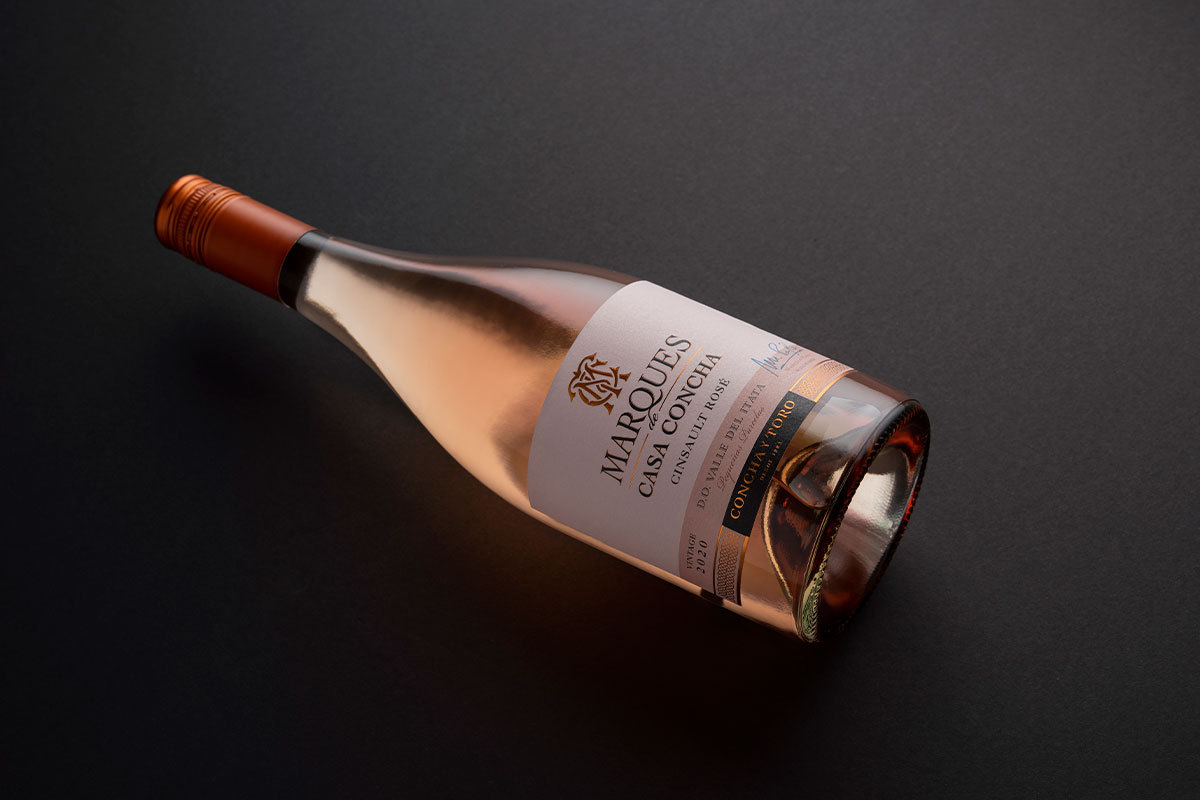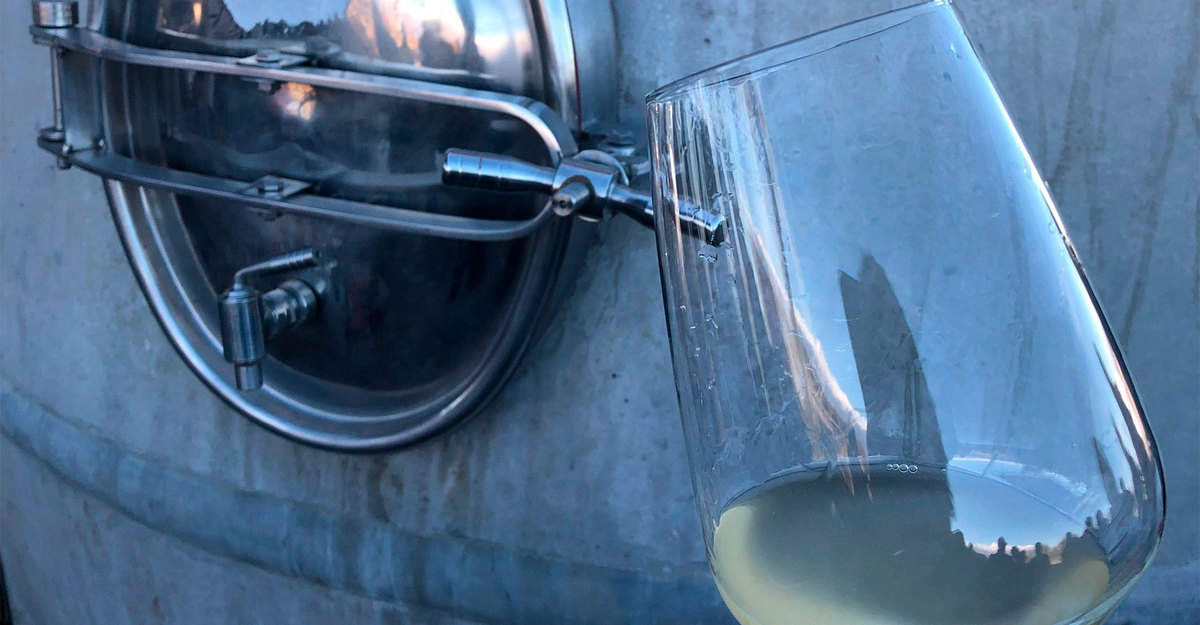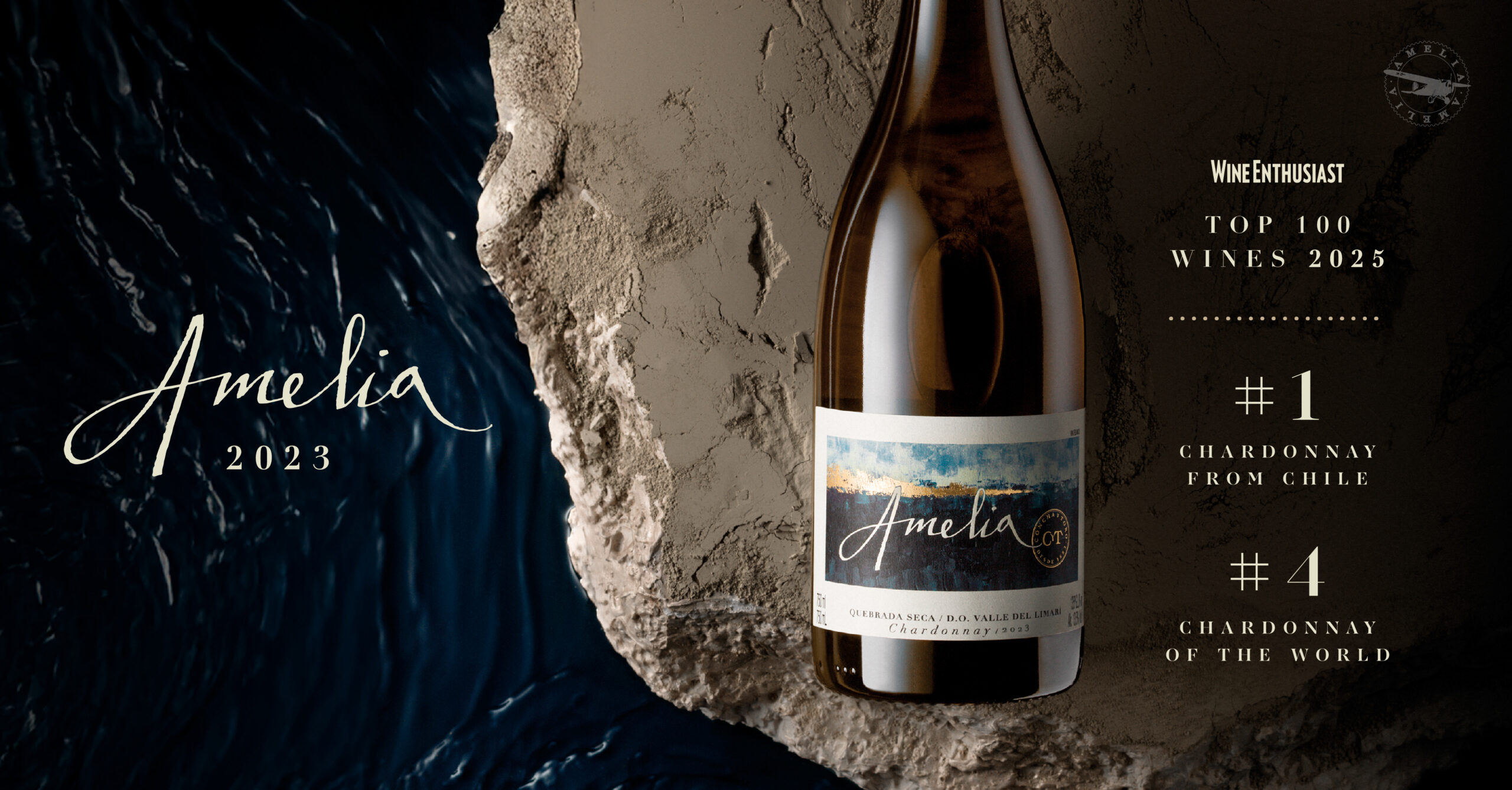23 de November de 2021
Granite barrels (aka concrete eggs)
Among the latest trends in the world of wine, there is one that has to do with the way to store it. We are talking about concrete eggs that are used both to store and to ferment wine. However, its origins are not new at all. Historians agree that ovoid-shaped containers would have been created in the Stone Age, about 8,000 years ago.
In Georgia, in fact, a country considered the birthplace of wine, to this day they use a kind of clay amphora called qvevri, as their centrepiece in winemaking. Which shows that alternative containers to wood have been used since ancient times.
From clay to concrete
Given the fragility of clay vessels, the Romans soon developed oak barrels for storing and transporting wine. At the same time that concrete would emerge as an alternative material to create containers.
The French were the ones who popularized the use of wooden casks to this day, although concrete containers (usually with a square shape) have been present in European vineyards since the 19th century. But with the passage of time their manufacture was considerably reduced, as they were displaced by stainless steel tanks as they offer greater control and hygiene in the winemaking process.
Concrete eggs
In 2001 biodynamic winegrower, Michael Chapoutier, along with concrete container producer, Marc Nomblot, came to work together inspired by biodynamic winemaking. The result was considered a radical change in the way of making wine after creating what is now known as the first concrete egg. This modern version of what were formerly the qvevri or clay amphorae, was an ovoid-shaped container that measured 2.1 meters with a storage capacity of 600 litres. The collaboration, which did not end well due to intellectual rights problems among its creators, was the beginning of the history of these containers that are gaining more and more ground in today’s wineries.
Currently, and in particular Nomblot concrete eggs, are available in two sizes: 1.7 or 2.2 meters high. Although there are other brands such as the Galician Anforum, and materials such as plastic or clay.
A vortex
If you are wondering why the ovoid-shape, the answer is that it creates a kind of vortex. As they do not have corners, the egg keep the wine in constant movement, so that its lees do not rest at the bottom of the container but circulate all the time, giving the wine a greater volume. Being a porous material, concrete also allows a slight micro-oxygenation, which as a result delivers heavier and rounder wines on the palate. Meanwhile the tannins also soften in contact with the walls of the egg. This is what happens, for example, with Marques de Casa Concha Rosé, whose 85% was aged in concrete eggs.

Wines without makeup
Another virtue of wines aged in granite barrels is that this material does not add flavours or aromas to the wine. Which is what oak does. Thus, cement appears as an alternative to offer wines that express themselves as they really are: without makeup. There are no toasted aromas and in the case of mineral wines, this characteristic is exacerbated especially on the nose. In addition to its fruity character, by the way. What can be found, sometimes, are elegant aromas of stone or saline notes.
In the case of Marques de Casa Concha Rosé, with notes of pomegranate and pink melon, the palate is dry, unctuous, warm and oily. With mineral and delicate notes.

Be sure to try it!
Header ph: Nicolás Orsini










